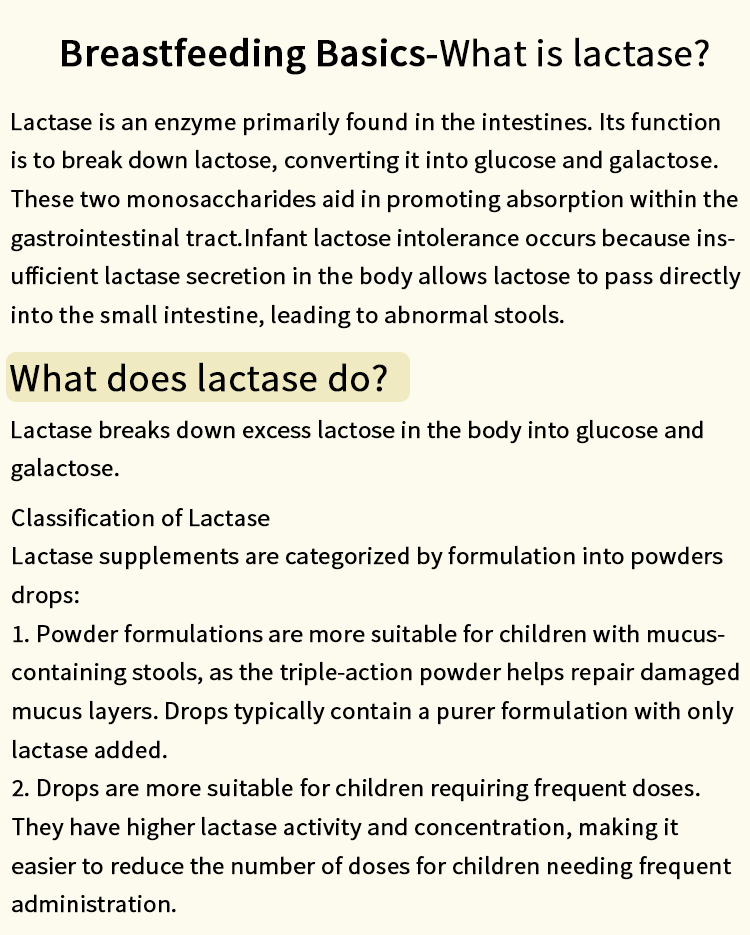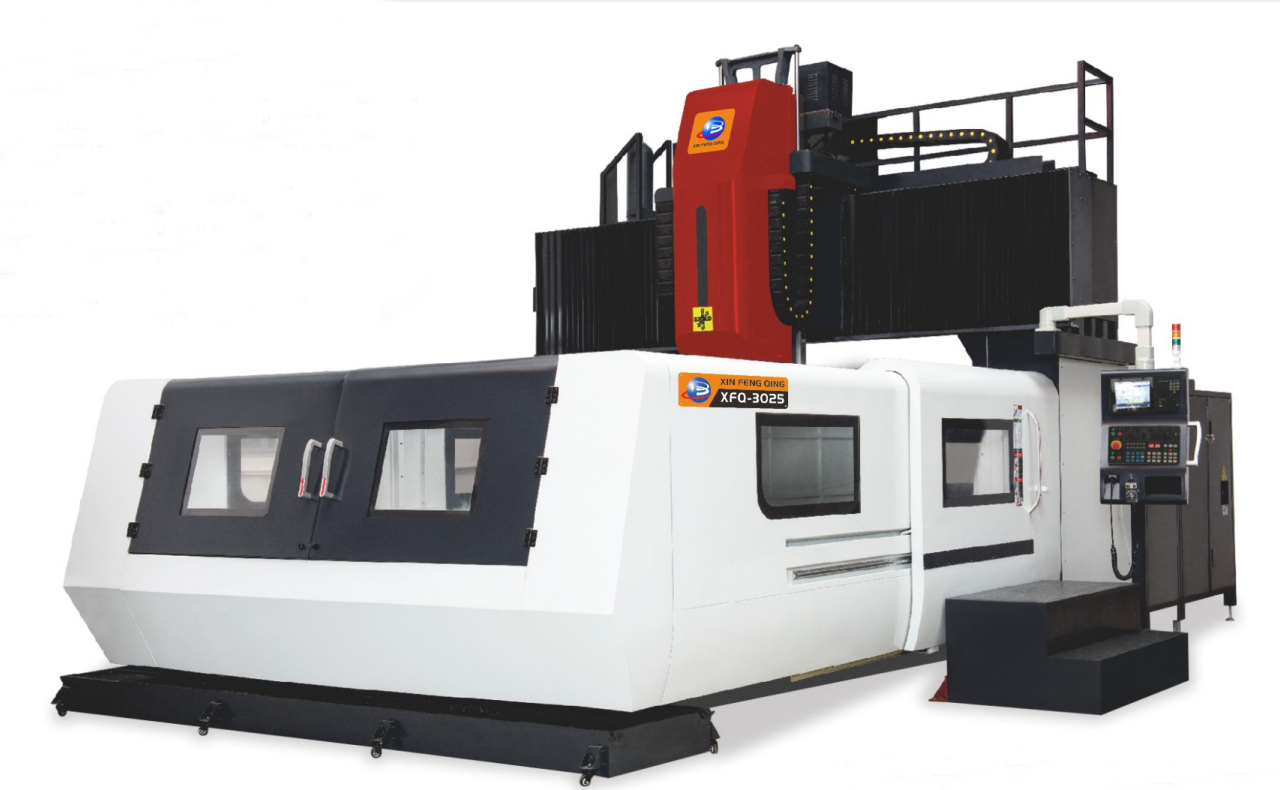In our increasingly interconnected world, the movement of people and goods is a fundamental aspect of daily life. The question of which transport mode is the most commonly used is not merely a matter of statistics; it reflects broader economic, social, and environmental trends. This article delves into the various modes of transport, their usage patterns, and the factors influencing their prevalence.
Understanding Transport Modes
Transport can be broadly categorized into several modes: road, rail, air, and maritime. Each mode has its unique advantages and disadvantages, making them suitable for different contexts.
- Road Transport:
Road transport is arguably the most widely used mode globally, particularly for short to medium distances. It encompasses vehicles such as cars, buses, and trucks. The flexibility of road transport allows for door-to-door service, making it indispensable for personal travel and the distribution of goods. According to the International Road Assessment Programme (iRAP), over 1.4 billion cars were registered worldwide in 2020, underscoring the dominance of road transport in personal mobility. - Rail Transport:
Rail transport is a critical component of the logistics industry, especially for bulk goods and long-distance travel. Trains are known for their efficiency and lower carbon footprint compared to road transport. In regions like Europe and Asia, high-speed rail networks have revolutionized intercity travel, making rail a competitive alternative to air travel. The International Union of Railways (UIC) reports that rail transport accounts for approximately 8% of global freight transport, highlighting its significance in the supply chain. - Air Transport:
Air transport is the fastest mode of transport, primarily used for long-distance travel and the shipment of high-value goods. Despite its environmental impact, air travel has seen a surge in popularity, particularly in the wake of globalization. The International Air Transport Association (IATA) estimates that air travel will reach 8.2 billion passengers by 2037, indicating a robust growth trajectory. However, the high costs associated with air transport limit its use for everyday commuting. - Maritime Transport:
Maritime transport is the backbone of international trade, responsible for moving approximately 90% of the world's goods by volume. Container ships, tankers, and bulk carriers dominate this sector, providing a cost-effective means of transporting large quantities of goods over long distances. The World Trade Organization (WTO) emphasizes the importance of maritime transport in facilitating global trade, making it a vital component of the global economy.
Factors Influencing Transport Mode Usage
The choice of transport mode is influenced by several factors, including:
- Distance: Shorter distances often favor road transport, while longer distances may see a shift towards rail or air transport.
- Cost: Economic considerations play a significant role. Road transport may be more convenient for short trips, but rail and maritime transport are often more cost-effective for bulk shipments over long distances.
- Speed: Air transport is preferred for urgent deliveries, while rail and road transport may suffice for less time-sensitive goods.
- Environmental Impact: Increasing awareness of climate change is prompting a shift towards more sustainable transport options. Rail and maritime transport are generally more environmentally friendly compared to road and air transport.
The Future of Transport
As we look to the future, the landscape of transport is poised for transformation. Innovations such as electric vehicles, autonomous transport systems, and hyperloop technology are set to redefine how we move. Additionally, the rise of e-commerce is driving demand for efficient last-mile delivery solutions, further influencing transport mode preferences.
Conclusion
In conclusion, while road transport currently holds the title of the most commonly used transport mode, the dynamics of transport are continually evolving. Factors such as distance, cost, speed, and environmental considerations all play a crucial role in determining the preferred mode of transport. As technology advances and societal needs change, the transport landscape will undoubtedly continue to adapt, presenting new opportunities and challenges for industries and consumers alike. Understanding these trends is essential for stakeholders in the transport sector, as they navigate the complexities of a rapidly changing world.






+ There are no comments
Add yours